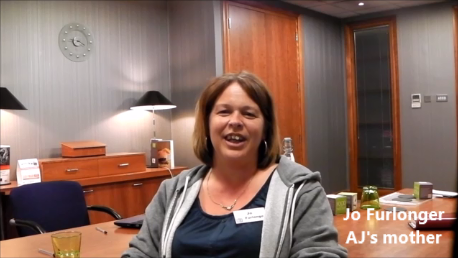Repetitive and Stereotyped Behaviours
A range of repetitive behaviours are common in Cornelia de Lange syndrome, particularly stereotyped behaviour (apparently meaningless, repetitive body or object movements) and compulsive-like behaviours (repetitive behaviours that appear to follow certain rules). You can read general background information about repetitive behaviour by visiting our key topics area and selecting 'repetitive behaviour' from the drop down menu.
In this clip you will see Robert spinning on the floor. This is called stereotyped behaviour.
Compared to individuals with intellectual disability without a genetic syndrome, children and adults with Cornelia de Lange syndrome show significantly more compulsive like behaviours.
In this clip you will see Sebastian repetitively taking toys out of and putting them into boxes. Sebastian appears to be sorting and organising these items and is very focused on this task.
In comparison to individuals with other genetic syndromes and individuals with intellectual disability without a genetic syndrome, recent research has shown that people with Cornelia de Lange syndrome show significantly more tidying up and lining up behaviours.
This is potentially important and relevant to self-injurious behaviour as a number of studies have suggested that self-injury in people with Cornelia de Lange syndrome has a compulsive quality and is associated with compulsive behaviour. This may also help us to understand the self-restraint and preference for restraint that we often see in Cornelia de Lange syndrome.
There are also reports that some individuals with Cornelia de Lange syndrome have difficulties coping with changes to routine and that this can lead to anxiety. Read about this here.
CLICK AND DOWNLOAD:
Accessible research summary - repetitive behaviour
Original research article describing repetitive behaviour
Original research article describing self-restraint




